Introduction
The world’s oceans cover 70% of its surface. Much like above the water’s surface, the oceans also have many geographical features such as plains, plateaus, mountains, valleys, and crevices in the ocean floor known as trenches. The depths of these trenches can extend for thousands of meters, reaching a point where even light is unable to penetrate.
In this article, we will explore the deepest parts of the ocean to understand their depth and unique characteristics.
How deep is the ocean?
Today, most countries recognize five oceans: the Antarctic Ocean (also known as the Southern Ocean), the Arctic Ocean, the Atlantic Ocean, the Indian Ocean, and the Pacific Ocean. The average depth of these oceans varies and is estimated at 3,270 m (10,728 ft), 1,205 m (3,953 ft), 3,646 m (11,962 ft), 3,741 m (12,273 ft), and 3,970 m (13,025 ft) respectively.
The Arctic Ocean is the shallowest, while the Pacific is the deepest ocean in the world. The average depth of all oceans combined is estimated to be around 3.6 km (2.23 miles).
What are the deepest parts of the ocean?
The deepest geographical feature of the oceans is their trenches. Trenches are steep, V-shaped openings at the ocean floor that extend to great depths. They form through the process of subduction. Subduction is when one tectonic plate slides underneath another tectonic plate at the edges.
The contact causes the seafloor and the lithosphere (outermost crust) to bend, creating a deep, V-shaped valley.
We have over 50 major trenches in the oceans worldwide. They cover approximately 1.9 million square kilometres (733,000 sq. miles), which is 0.5% of the surface area of the ocean floor.
Water pressures are extremely high at the bottom of the trenches. For instance, the pressure at the bottom of the Mariana Trench is 1086 bars. This is equivalent to 2,216 elephants stacked vertically in one square meter area.*
Deepest point in the ocean
The Challenger Deep is the deepest point in the ocean known to humanity. Challenger Deep is measured to be at 10,920 ± 10 meters (35,827 ± 33 feet). It is located at the southern end of the Mariana Trench.
Top 10 deepest parts of the ocean
All of the top 10 deepest parts of the ocean happen to be trenches. But oceans do have other deep geographical features known as troughs. Troughs have a flat bottom and steep side walls, while trenches have a V-shaped profile.
Let us start from the 10th deepest trench and go up to number 1 in increasing order of depths.
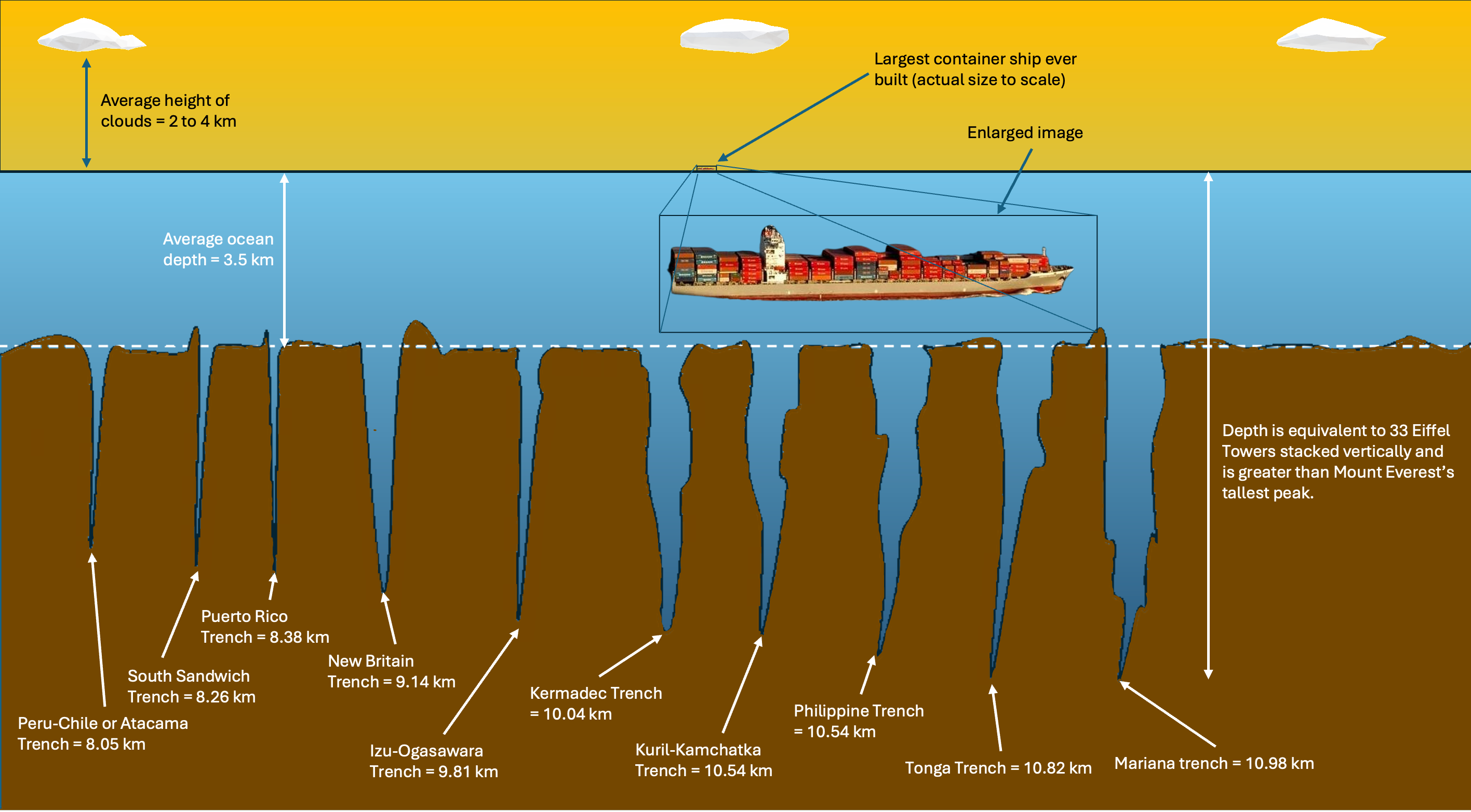
#10: Peru-Chile Trench or the Atacama Trench
The Peru-Chile trench runs parallel to the coast of Peru and Chile, approximately 160 km (99 mi) away from the shoreline. The total length of the trench is about 5,900 km (3,666 miles), with the maximum depth reaching around 8,055 m (26,427 ft). The deepest point of the Peru-Chile Trench is known as Richards Deep.
A few years ago, scientists discovered snailfish with gel-like bodies at depths of about 7,500 meters (24,606 feet) in the Atacama Trench. This location is perpetually covered in darkness with a maximum temperature of 2 degrees Celsius (35.6 degrees Fahrenheit).
The high pressures in this region are equivalent to placing 800 kg on your little finger. Yet, these creatures not only survive but thrive here. They are found in abundance. The high pressures are, in fact, necessary to keep their body intact. As soon as the fish are brought to the surface, their bodies disintegrate due to the low pressure.
According to researchers, many new species are waiting to be discovered in these ocean trenches.
#9: South Sandwich Trench
The South Sandwich Trench is a 965 km (600 mi) long trench in the Southern Ocean, also known as the Antarctic Ocean. It is located approximately 100 km (62 mi) away from the South Sandwich Islands. The deepest point of the South Sandwich Trench, according to the latest surveys, is 8,265 meters (27,116 ft). This point is known as Meteor Deep.
The point is named after the German research vessel “Meteor,” which was used to map it. The trench is a hotbed of high volcanic and earthquake activity.
#8: Puerto Rico Trench
The Puerto Rico Trench is located at the intersection of the Atlantic Ocean and the Caribbean Sea, 160 km (99 mi) northwest of the island of Puerto Rico. The trench is 800 km (497 mi) long with a maximum depth of 8,380 m (27,493 ft). The deepest point is named Milwaukee Deep after the USS Milwaukee, the first ship to discover it on February 14, 1939. However, at the time, it was erroneously measured to be 28,680 ft (8,741 m).
Milwaukee Deep is also the deepest point in the Atlantic Ocean.
#7: New Britain Trench
The New Britain Trench is a deep trench located in the Solomon Sea in the Pacific Ocean. The trench is located in the northern section of the Solomon Sea between Papua New Guinea and Bougainville Island.
The trench is 840 km (522 mi) long. Its deepest point is Planet Deep, situated at a depth of 9,140 meters (29,986 feet). The New Britain Trench is also associated with high volcanic and seismic activity. Since 1990, the region has experienced 22 earthquakes with a magnitude equal to or greater than 7.5 on the Richter Scale.
#6: Izu Ogasawara Trench
The Izu-Ogasawara Trench is the sixth deepest among all oceanic trenches. It consists of two trenches: the Izu Trench and the Bonin Trench. The trench starts from Japan in the north and extends to the Mariana Trench in the south.
The lowest recorded fish on video ever is a juvenile snailfish in the Izu Ogasawara Trench at a depth of 8,336 meters (27,349 feet).
#5: Kermadec Trench
The Kermadec Trench lies to the northeast of New Zealand’s North Island and is a continuation of the Tonga Trench in the north. It is the fifth deepest trench in the world, reaching a maximum depth of 10,047 meters (32,962 feet) at its lowest point.
The Kermadec Trench is approximately 1,200 km (746 miles) long and is part of the Tonga-Kermadec arc in the Pacific Ocean.
#4: Kuril-Kamchatka Trench
The Kuril-Kamchatka Trench (also known as the Kuril Trench) is the fourth deepest ocean trench in the world. It lies in the southeast direction of Russia’s Kamchatka plateau in the Pacific Ocean. The trench runs parallel to the Kuril Island chain and meets the Japan Trench at its southern end.
This trench is approximately 2,900 km (1,801 mi) long with a depth of 10,542 meters (34,586 feet) at the deepest point. The Kamchatka Trench marks the beginning of a series of trenches that extend from the Bering Sea to the Philippines.
#3: Philippine Trench
The Philippine Trench is a 1,320 km (820 mi) long oceanic trench in the western Pacific Ocean. It starts at the central island of Luzon in the Philippines and extends southeast towards Halmahera in Indonesia.
The Philippine Trench has a width of 30 km and reaches a depth of 10,540 m (34,580 ft) at its deepest point, Emden Deep. Emden Deep is also sometimes known as the Galathea Deep or Galathea Depth.
#2: Tonga Trench
The Tonga Trench lies in the southwestern Pacific Ocean. The Tonga Trench is the second-deepest oceanic trench in the world and the deepest in the Southern Hemisphere.
The trench’s deepest point is Horizon Deep, situated 10,820 meters (35,498 feet) below sea level. The point is named after the research vessel Horizon, which discovered it in December 1952.
#1: Mariana Trench
The Mariana Trench is the deepest oceanic trench in the world. It is located beneath the western Pacific country of Japan.
The deepest point of the Mariana Trench, Challenger Deep, is named after the research vessel, HMS Challenger, which undertook the project to map the Mariana Trench in 1875.
The Challenger Deep lies at a depth of 10,984 meters (36036 feet). The trench is 2,550 km (1,584 mi) long and resembles a crescent-shaped scar in the Earth’s crust.
Conclusion
Earth is known as the water planet. The underwater world is much larger and more nuanced than the world above. It boasts widely varying geographies, from coral reefs to underwater currents and deep gashes (trenches) that extend for thousands of miles.
The deep trenches mentioned above have the most inhospitable environment. In the deep sea, there is no light, limited food sources, crushing pressures, near-freezing temperatures, and little to no oxygen. In fact, most creatures depend on sulfur from vents to survive.
Yet surprisingly, oceanic trenches can harbor abundant life. Snailfishes, for instance, can be found abundantly in seven of the aforementioned trenches. Many other species including the Dumbo Octopus, Deep Sea Dragonfish, Seadevil Anglerfish, and Zombie Worms are found in the trenches. They seem to defy our understanding of a sterile environment.
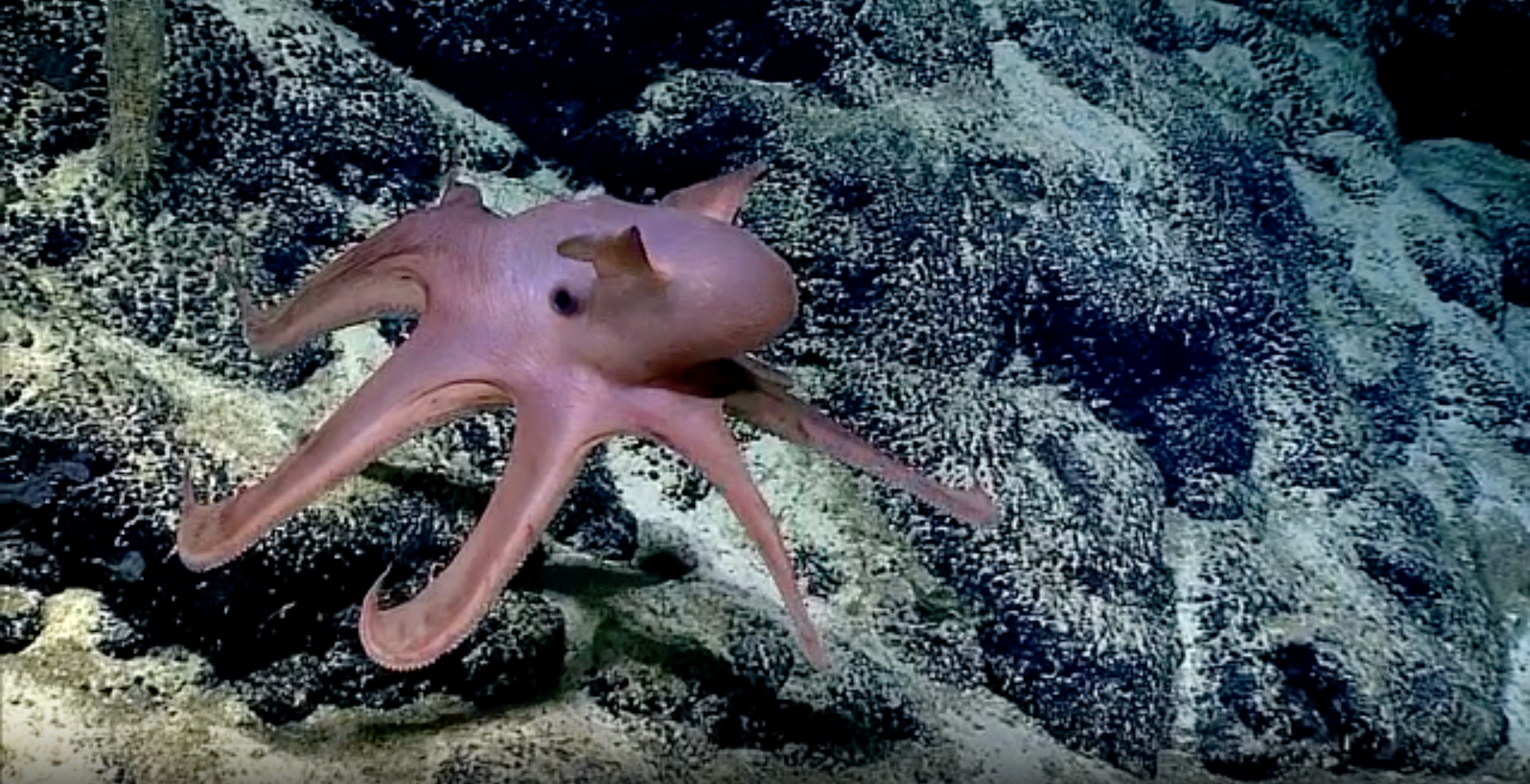
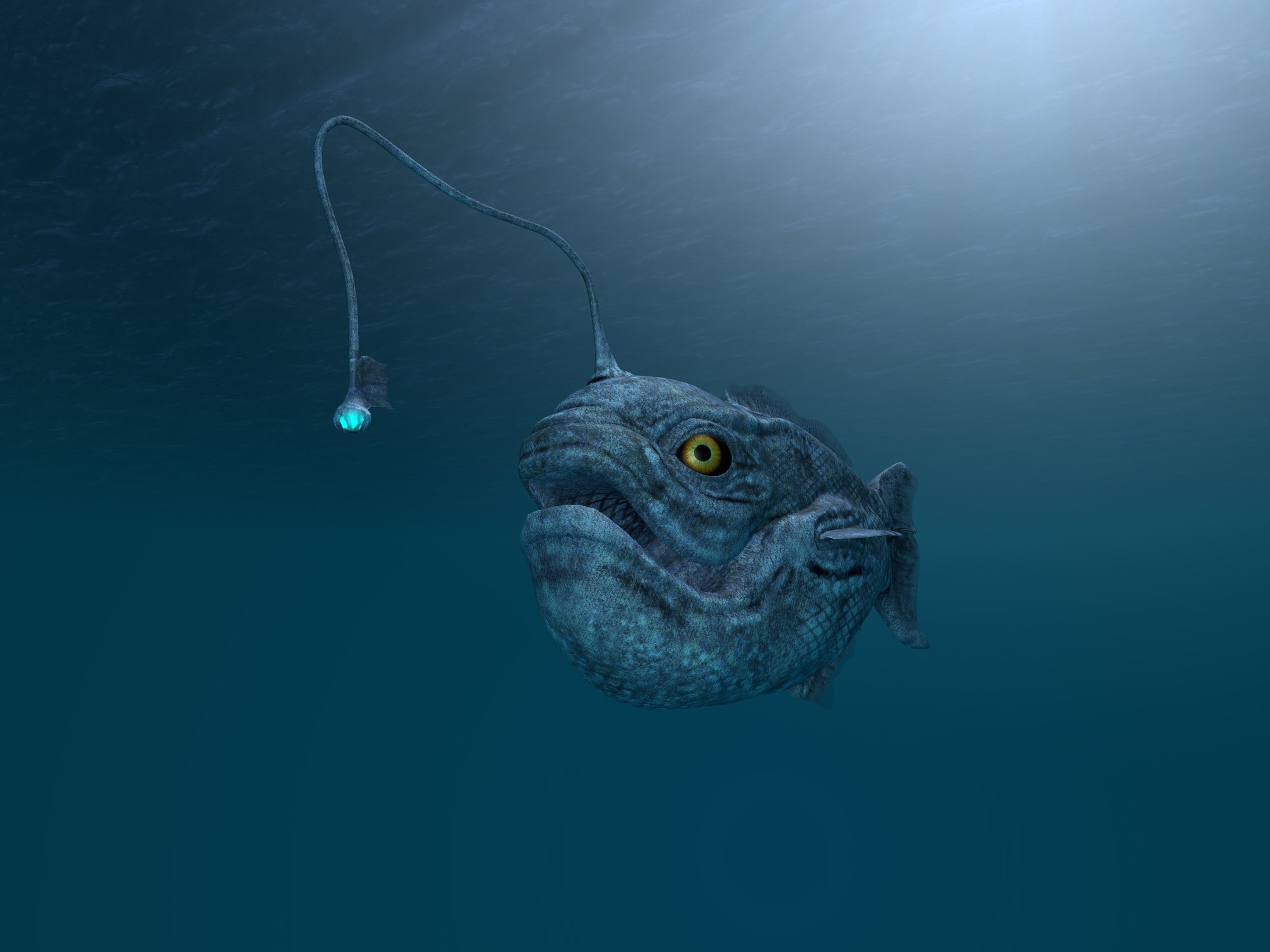
FAQ
What is the “Pacific Ring of Fire”?
The Pacific Ring of Fire is a chain of volcanoes that runs along the edge of the Pacific Ocean. It is also known as the Circum-Pacific Belt. The ring houses 2/3rd of all volcanoes (active and dormant) on earth, and 3/4th of all active volcanoes worldwide. The total number of all volcanoes in the Ring of Fire is 452.
It has a circumference of 40,000 km. Almost 90% of all global earthquakes occur in the Ring of Fire.
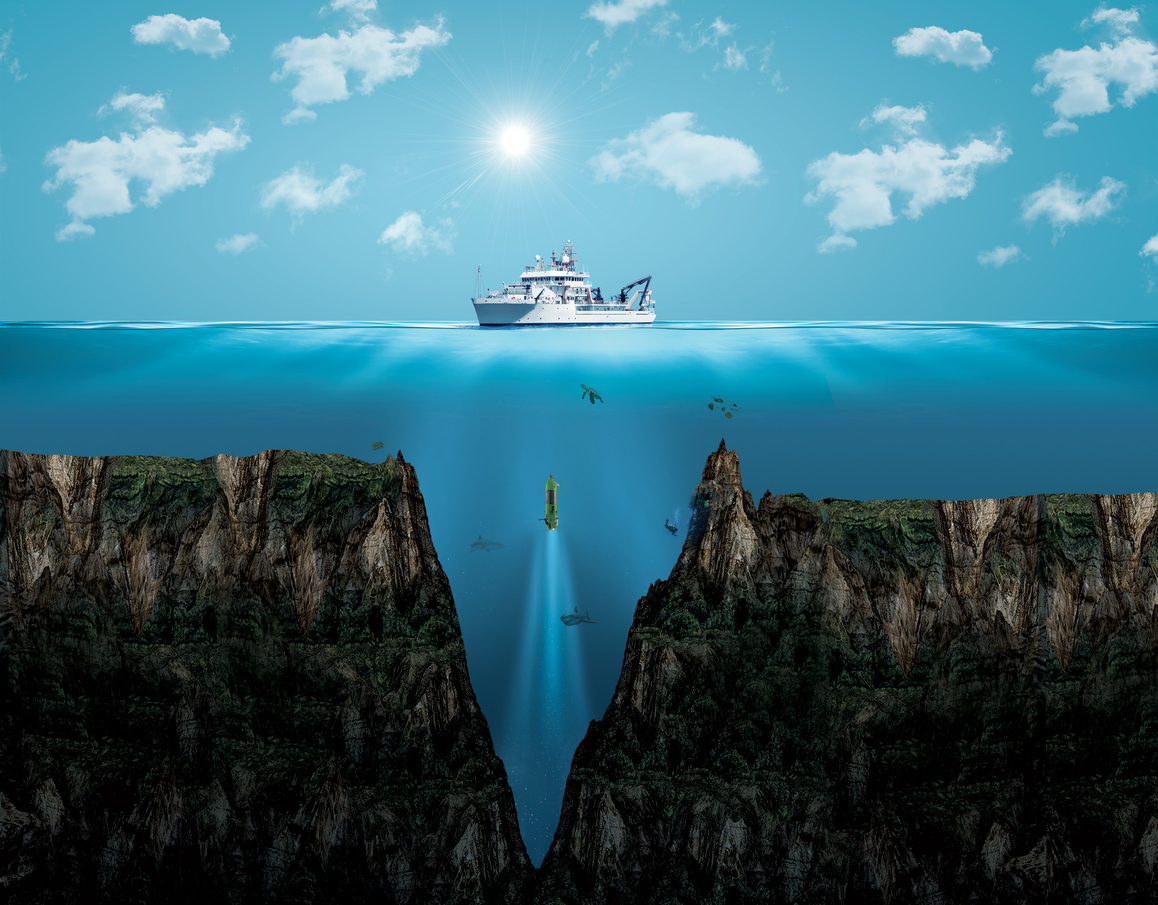
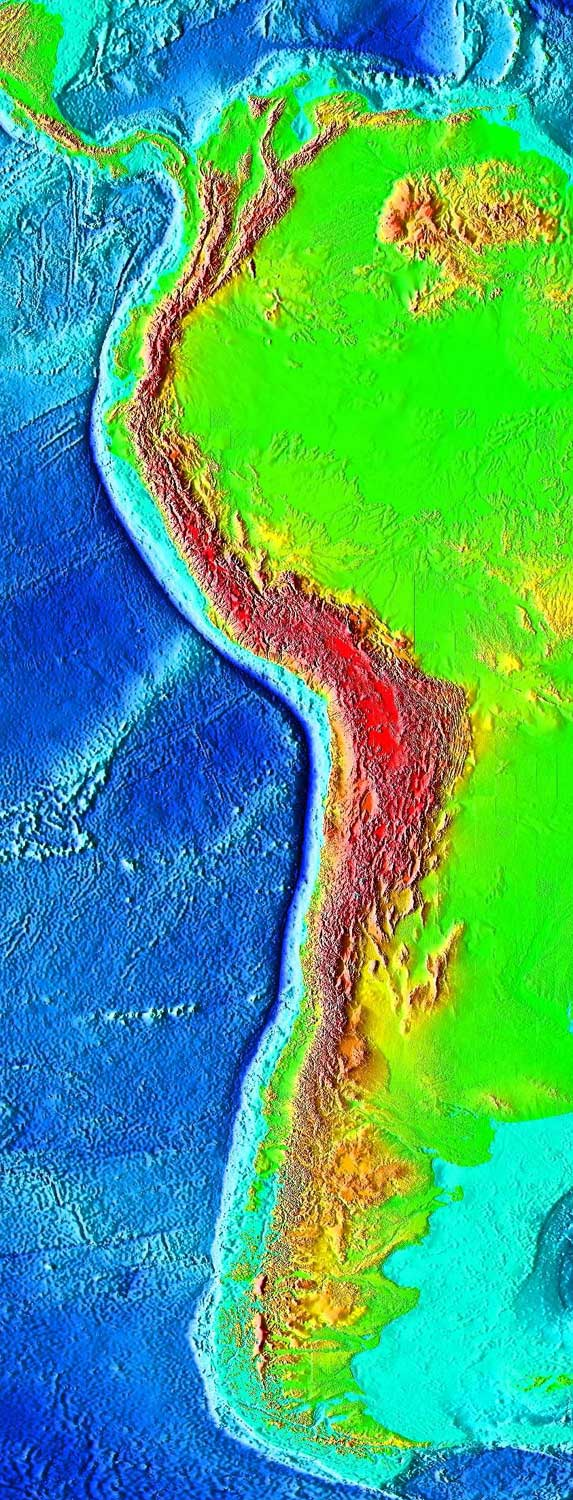
Leave a Reply